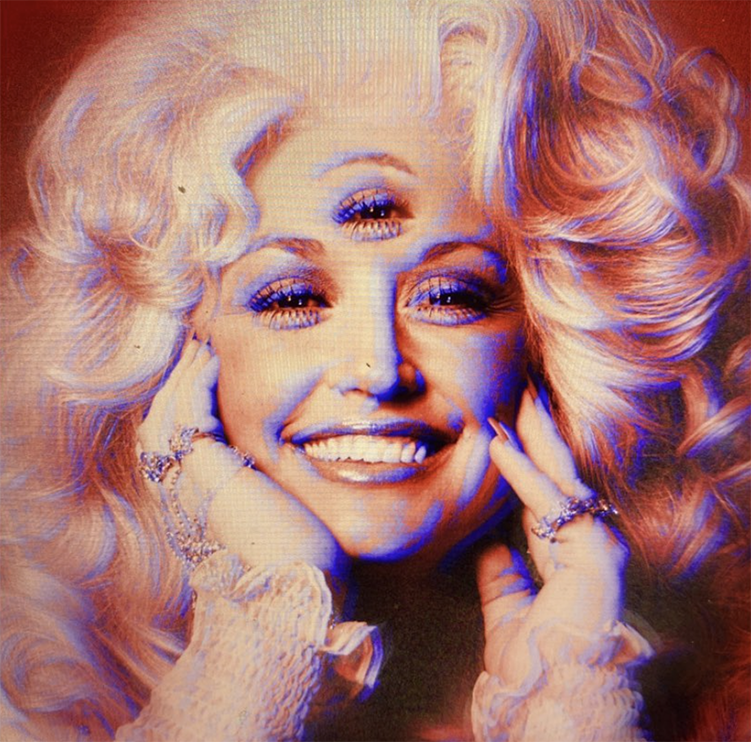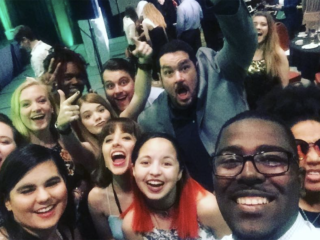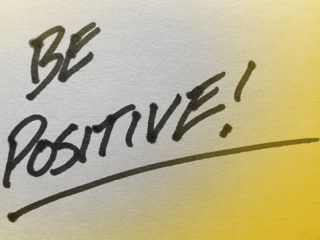C O V I D. Oh, how much I hate even having to type those letters in that sequence. I despise having to spell that word again. Don’t worry this post isn’t about COVID or any of the self-help, you can get through the hardships stuff that we have all read by now. There are a ton of posts, books, and podcasts about how to deal with living through unprecedented times. What there isn’t a lot of, is how to come back from it.
The Dark Ages
That is why I must talk a little about COVID because there must be some way to measure change. During COVID our design courses here at Southern Miss became hybrid, but a weird sort of hybrid. Like most college courses our classes were 2 days a week. However, students only attended one of those classes a week in person, the other they attended virtually on zoom. This meant that students would be divided into “cohorts” to help organize who was in person and who was not. Our building and studios were also closed to students after classes were finished and our student organization would not be able to assemble.
The number of issues that this created was unfathomable. To avoid zoom connection issues critiques had to be short and to the point, making them far more “brutal.” Entire projects had to be carved out of the curriculum. Lectures were condensed and there was less time for discussion and feedback. Most catastrophically the creative community necessary for not just my own pedagogy but for good design to happen was completely destroyed and replaced with a highly toxic atmosphere. In full disclosure, all of that with additional administrative issues made the 2020-21 academic year the worst year of my career.
When Fall 2021 came around some of our restrictions were lifted. Students could return to using the classrooms afterhours, our student organizations could meet again, and more importantly students could all return to being in class together. This sounded all well and good except the students and faculty that were returning just went through the worst years of their lives. We were going to be back but we were not going to be the same.
Rise of the Red Herrings
Every year I teach a group of advanced students. In the past this has been as a part of the SPVA Design and Marketing Team (you can see their work here). This year was a bit different, the design and marketing team was disbanded but I still had students in need of the advanced course credit. To resolve this issue I taught an Art Direction and Leadership course where I lectured about design leadership and working on a team while also giving them team projects to use to apply this knowledge.
The course worked out far better than I anticipated. The students were divided into different teams and different roles for those teams giving them each an experience to lead and to follow. One team project called for screen printing t-shirts so we toured a local screen printing business and another called for finding ways to integrate graphic design with ceramic processes and they explored the slip casting process. However, the project that would make the greatest impact would be a motivational ad campaign.
The motivational ad campaign was meant to help combat the toxicity of covid and the low morale that students and faculty alike were returning to. This campaign however would have more weight if it were thought to be lead and created by a student. Through discussion the students decided that we would use the air of mystery to excite the student body and to help promote the campaign while detaching it from any faculty. Given the need for mystery and a tactic that we’d use throughout the campaign the name Red Herrings was born.



The campaign started off innocently enough with simple uplifting quotes on dry erase boards with the hashtag #redherring. With different handwriting for each quote, graphic design students began to ask who it was. Myself and members of the team began to ask as well. We also began to employ red herrings by suggesting different people and possibilities. Through the utilization of red herrings in the campaign we were able to deflect suspicions all the while slightly amping up the possibilities and stirring excitement and imaginations. A favorite red herring used was that of concern, under the guise of worry I began to ask students to tell the red herring that I was in support of them as long as they kept things clean and never damaged property. As the mystery grew the campaign added pull tab flyers with uplifting tiktok quotes placed in every classroom.
The distraction from “covid talk” and all things negative that the Red Herrings campaign brought to the classroom was incredible. For example during a studio workday in my motion graphics course, I timed a conversation to last well over an hour. To keep the conversation and campaign going a “mascot” of sorts was selected, Dolly Parton. An Instagram account was created, and we purchased stickers with a Dolly quote to help spread her awareness as our mascot.

The mystery would last until the end of the year. I gave the students in the course the option of when to have the reveal and they chose just after graduation. It was serendipitous that on the last day of classes the student most likely considered to be the Red Herring wasn’t in the course but was selected to take our group photo that we would use for the reveal. We revealed ourselves via an Instagram post the Saturday after graduation successfully ending the campaign and bringing a little bit of excitement one last time.

My colleagues and I worked really hard all year to get us back on the rising trajectory that we felt our program was at before COVID. We all tried to bring more fun back into the classroom. Our student leaders in our student organization also gave it their all and created some amazing events that brought students together. I’m proud to say these students and the Red Herrings campaign along with all the effort of so many people got us right back where we’re supposed to be. The 2020-21 academic year may have been the worst, but this year ended as one of the best.




